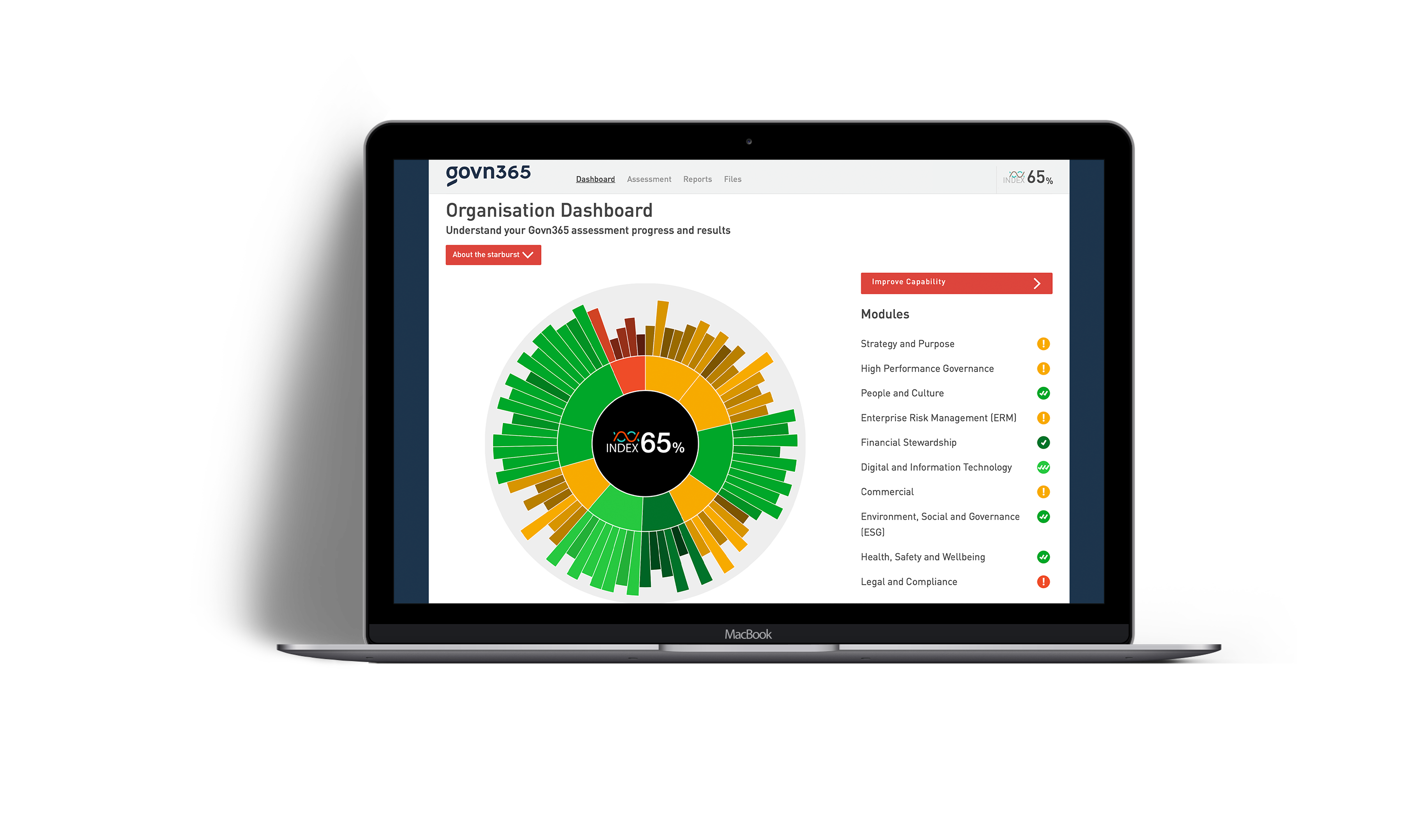Why Do You Need Governance Software?Governance software helps organizations manage their compliance with statutory and regulatory requirements. Governance software also assists in risk management, decision making, and communication across the organization. When properly implemented, governance software can help organizations operate more effectively and efficiently. The governance tool gives you visibility and a roadmap to improve your governance skills.

Governance software is a powerful tool that can help organizations manage their compliance risks, improve decision-making processes, and improve communication and cooperation across organizational boundaries.
Here Are Some Of The Benefits Of Using Governance Software:
1. Compliance Risks Can Be Managed More Effectively: Governance software can help organizations identify and track compliance risks, and assess their impact on business operations. This information can then be used to make informed decisions about which policies to enforce and which risk ignoring.
2. Decision-Making Processes Can Be Improved: governance software can help organizations develop better decision-making processes by providing tools for tracking changes to policies, resources, and procedures. This information can be used to make more informed decisions about how best to allocate resources and manage risk.
3. Communication And Cooperation Across Organizational Boundaries Can Be Improved: Governance software can help organizations track the status of agreements and contracts, monitor changes in stakeholder attitudes and interests, and track the progress of projects. This information can be used to improve coordination between departments, resolve conflicts quickly, and ensure that all parties are aware of the current state of affairs.
In short, governance software is a valuable tool that can help organizations manage their compliance risks, improve coordination and cooperation between different parties, and provide a data-driven, analytical approach to managing risk.
Governance software helps organizations manage their compliance with statutory and regulatory requirements. Governance software also assists in risk management, decision making, and communication across the organization. When properly implemented, governance software can help organizations operate more effectively and efficiently. The governance tool gives you visibility and a roadmap to improve your governance skills.

Governance software is a powerful tool that can help organizations manage their compliance risks, improve decision-making processes, and improve communication and cooperation across organizational boundaries.
Here Are Some Of The Benefits Of Using Governance Software:
1. Compliance Risks Can Be Managed More Effectively: Governance software can help organizations identify and track compliance risks, and assess their impact on business operations. This information can then be used to make informed decisions about which policies to enforce and which risk ignoring.
2. Decision-Making Processes Can Be Improved: governance software can help organizations develop better decision-making processes by providing tools for tracking changes to policies, resources, and procedures. This information can be used to make more informed decisions about how best to allocate resources and manage risk.
3. Communication And Cooperation Across Organizational Boundaries Can Be Improved: Governance software can help organizations track the status of agreements and contracts, monitor changes in stakeholder attitudes and interests, and track the progress of projects. This information can be used to improve coordination between departments, resolve conflicts quickly, and ensure that all parties are aware of the current state of affairs.
In short, governance software is a valuable tool that can help organizations manage their compliance risks, improve coordination and cooperation between different parties, and provide a data-driven, analytical approach to managing risk.
